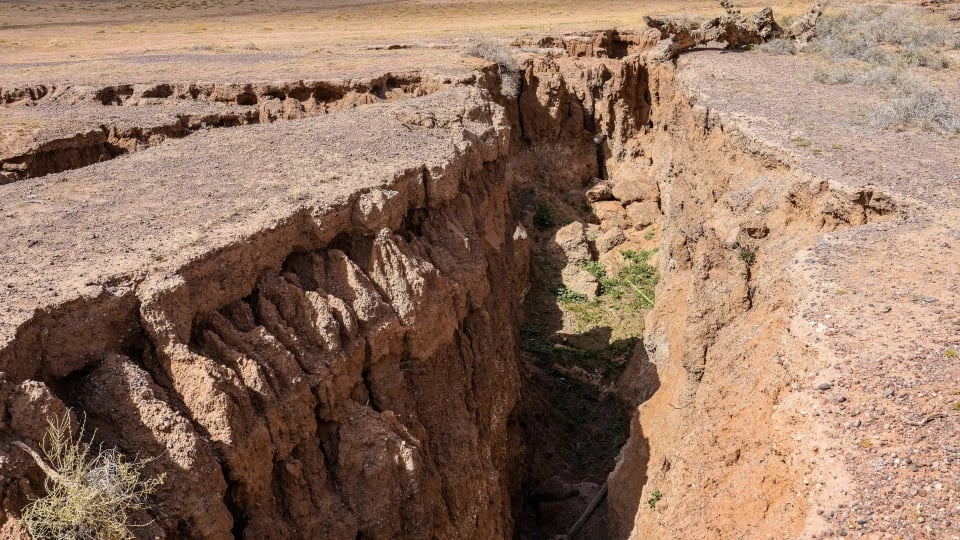 |
Surveillance cameras have helped capture rare footage of the geological fault. Photo: Live Science. |
On March 28, a magnitude 7.7 earthquake struck central Myanmar. The epicenter was near Mandalay, the country’s second largest city, and occurred on the Sagaing fault system. It was the strongest earthquake to hit Myanmar in more than a century and the second deadliest in the country’s modern history.
Earthquakes are caused by strike-slip faulting, in which two blocks of earth slide past each other horizontally on a vertical fault plane. This causes the ground to appear to split and move in opposite directions. Although many studies have simulated this phenomenon using seismic data, observing fault movement in real time has never been possible.
By chance, a surveillance camera in the area near the fault recorded the entire movement during the earthquake. This footage became valuable material for scientists at Kyoto University (Japan), opening up a rare opportunity to analyze the fault's behavior in real time.
Using pixel cross-correlation analysis, the team extracted data from each video frame. The results showed that the fault slid horizontally about 2.5 m in just 1.3 seconds, reaching a maximum speed of 3.2 m/s.
This was the first visual evidence of the existence of “electric shock” fracture, a short but intense slip motion that propagates rapidly along the fracture, similar to ripples moving across a carpet.
“This extremely short duration of motion helps confirm the pulsating fault pattern, a phenomenon rarely demonstrated in real-world data,” said researcher Jesse Kearse, a member of the analysis team.
In addition, the results also showed that the slip path had a distinctive curvature, consistent with what has been observed in previous geological studies. This finding reinforces the hypothesis that strike-slip faults are often not as perfectly straight as theoretical models suggest.
The researchers claim that video monitoring of fault ruptures is a breakthrough in seismology. The kinematic data obtained from the footage opens up the possibility of significantly improving the understanding of earthquake mechanisms as well as predicting the magnitude of shaking in future events.
“We didn't expect a surveillance video to provide such detailed data,” Kearse added.
Source: https://znews.vn/bi-an-vet-gay-sau-vu-dong-dat-tai-myanmar-post1571224.html






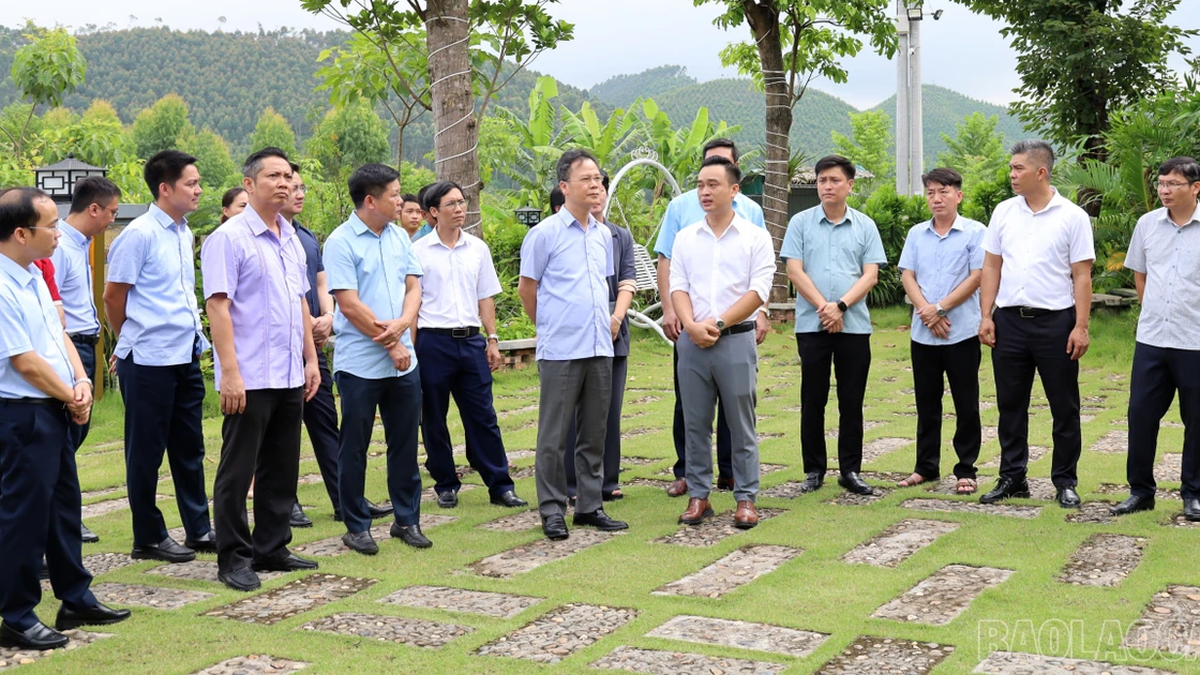



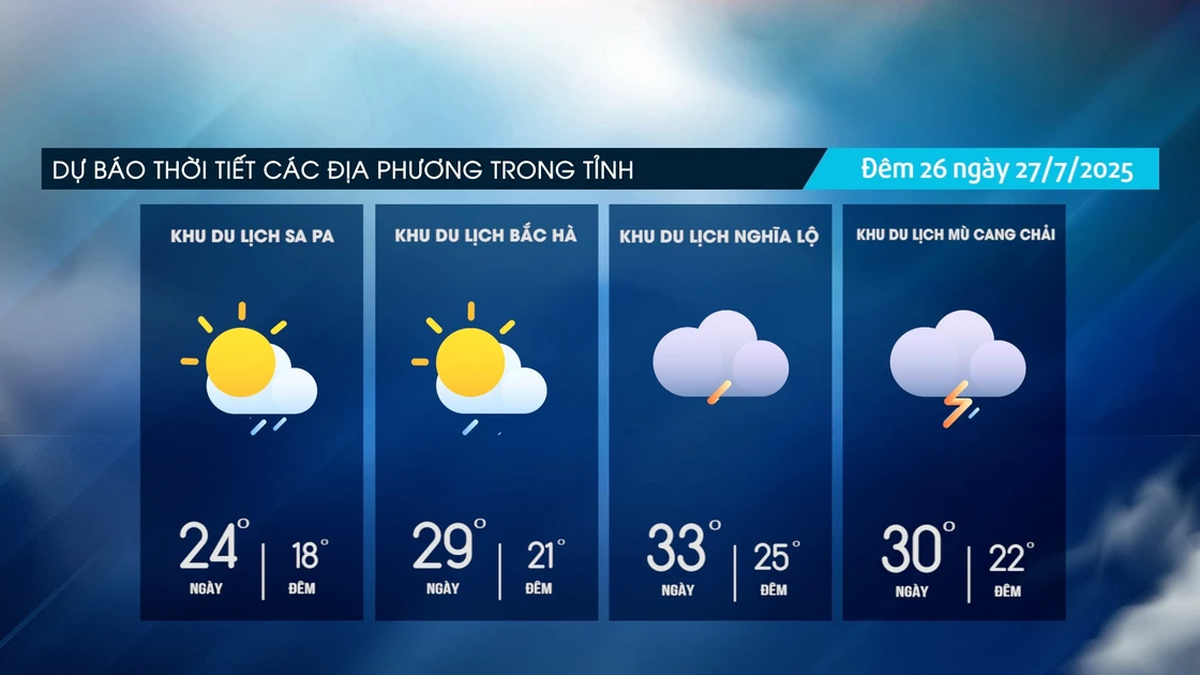












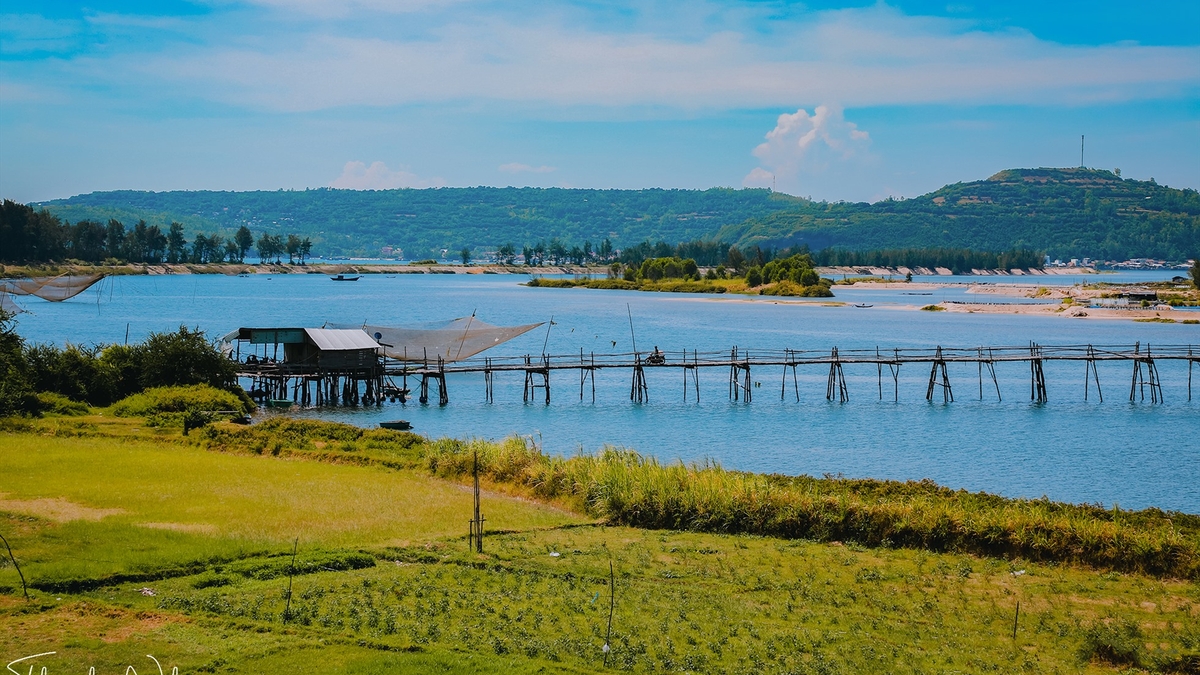




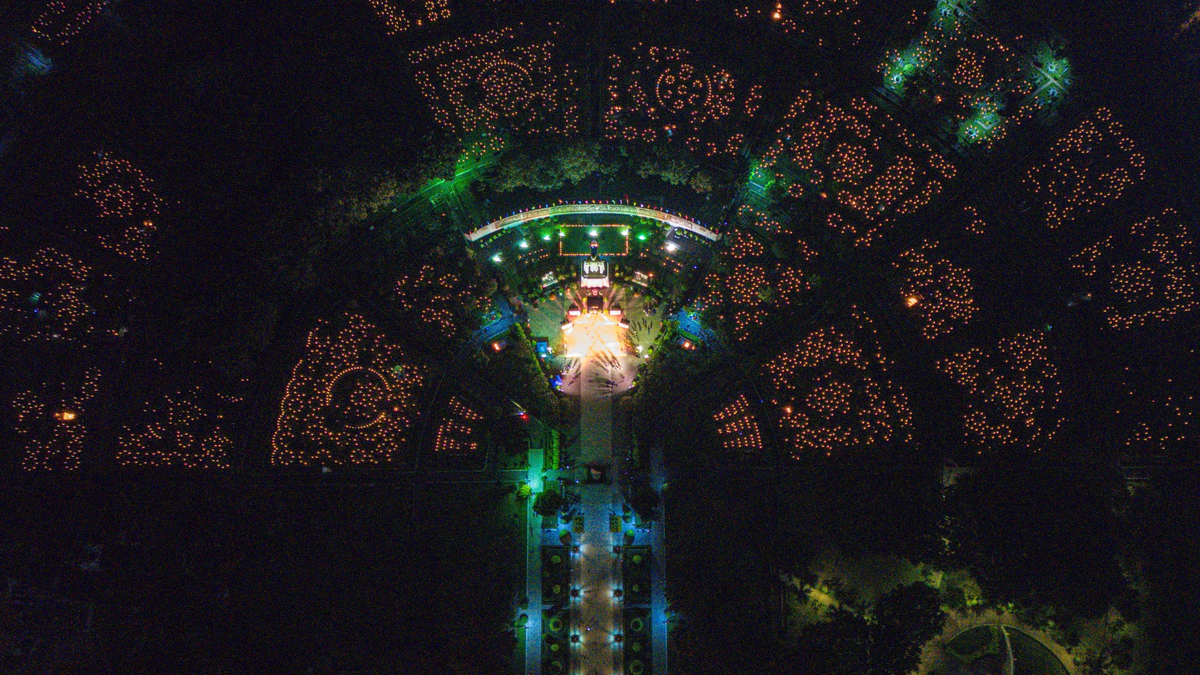
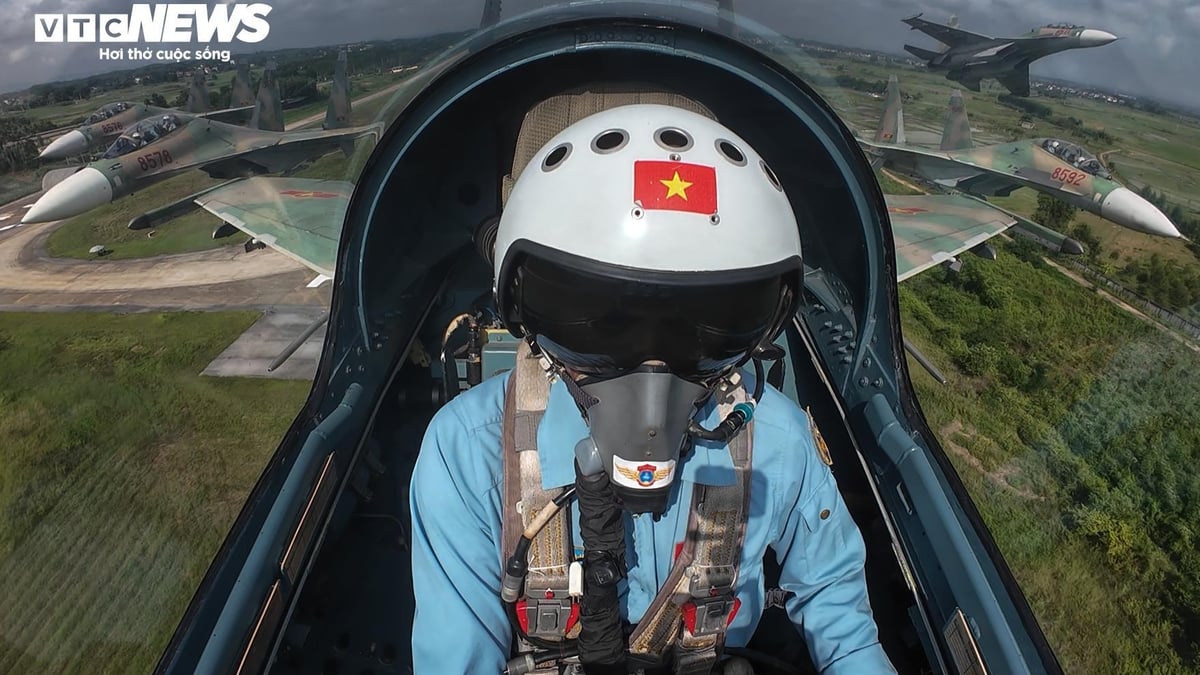






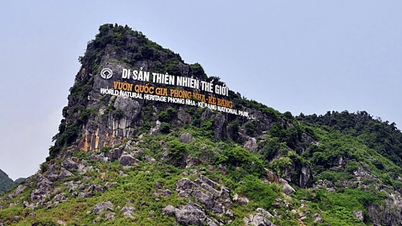







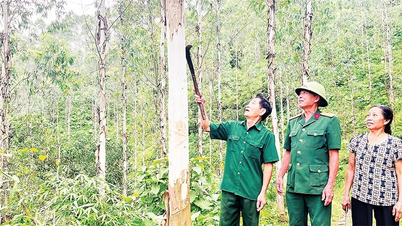












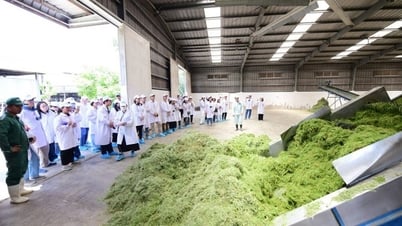













































Comment (0)